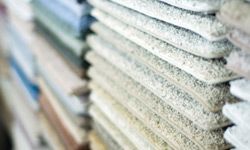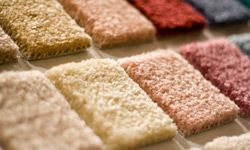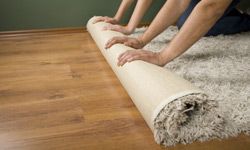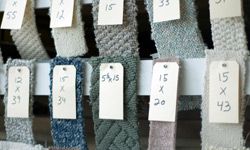New carpet is one of the most striking and impressive renovations you can do to a room. You may think you know exactly what you want -- whether that's plush, comfy carpet for a relaxing rec room or tough, sturdy carpet for an office. But when you show up at a carpet showroom, you'll face a myriad of choices beyond what you bargained for. And if you're a smart consumer, you won't necessarily believe everything a salesman tells you. Don't go shopping unprepared.
If you're decisive enough to settle on a color, you'll have to figure out what kind of fiber material you want. And if you don't get lost in comparing the durability tests of different carpet, you'll want to know the specific twist and density to further predict how it'll stand the test of time. Stain resistance ability will also probably be important to you. Meanwhile, it's smart to consider the matter of harmful chemical additives.
Advertisement
The good news is that most of the information you need is conveniently included on a carpet label. But in order to understand that label, you'll need to be a little familiar with the jargon and what each detail means for the life of your carpet.








